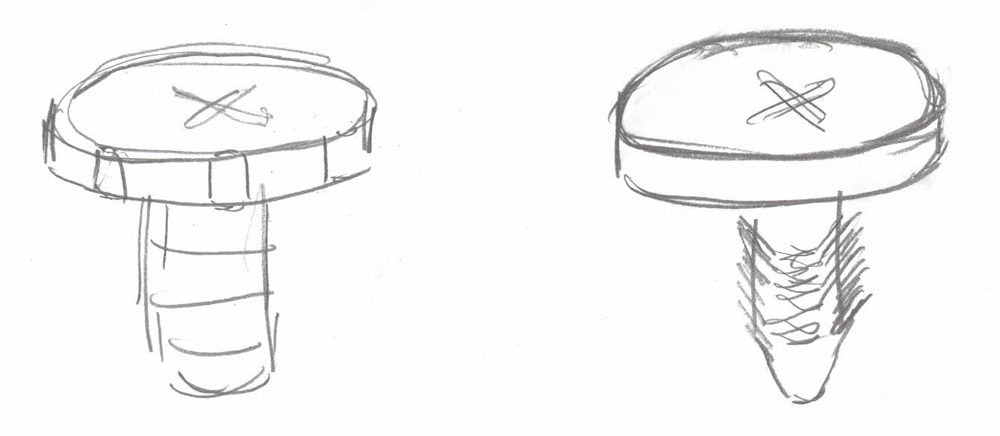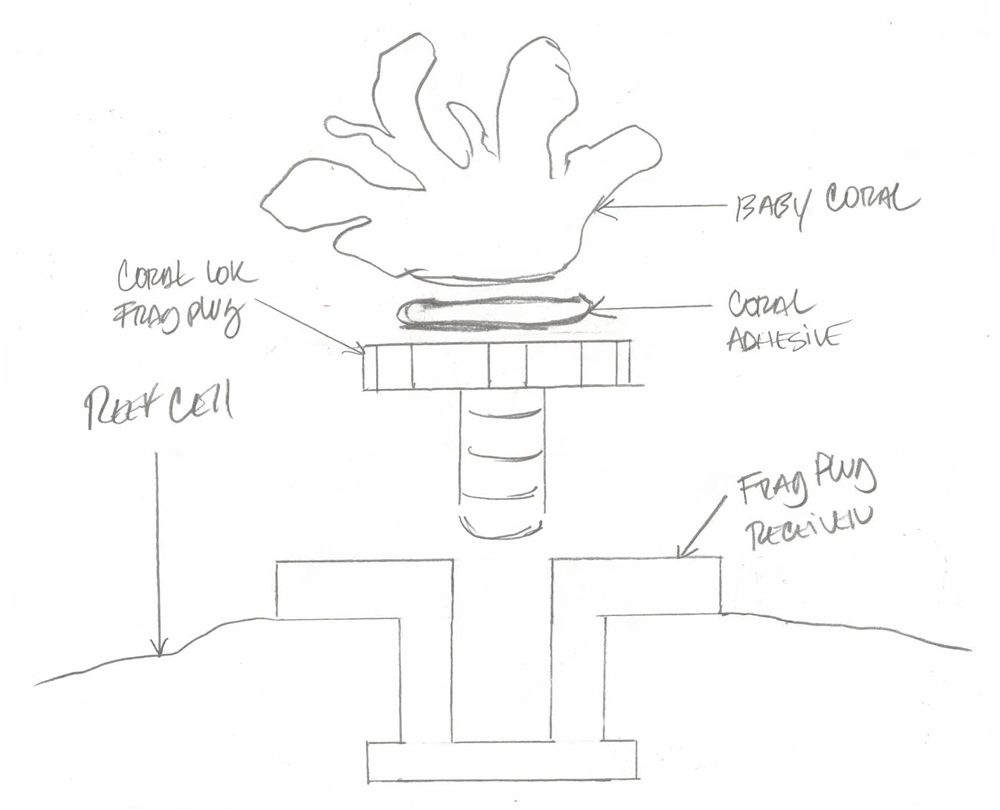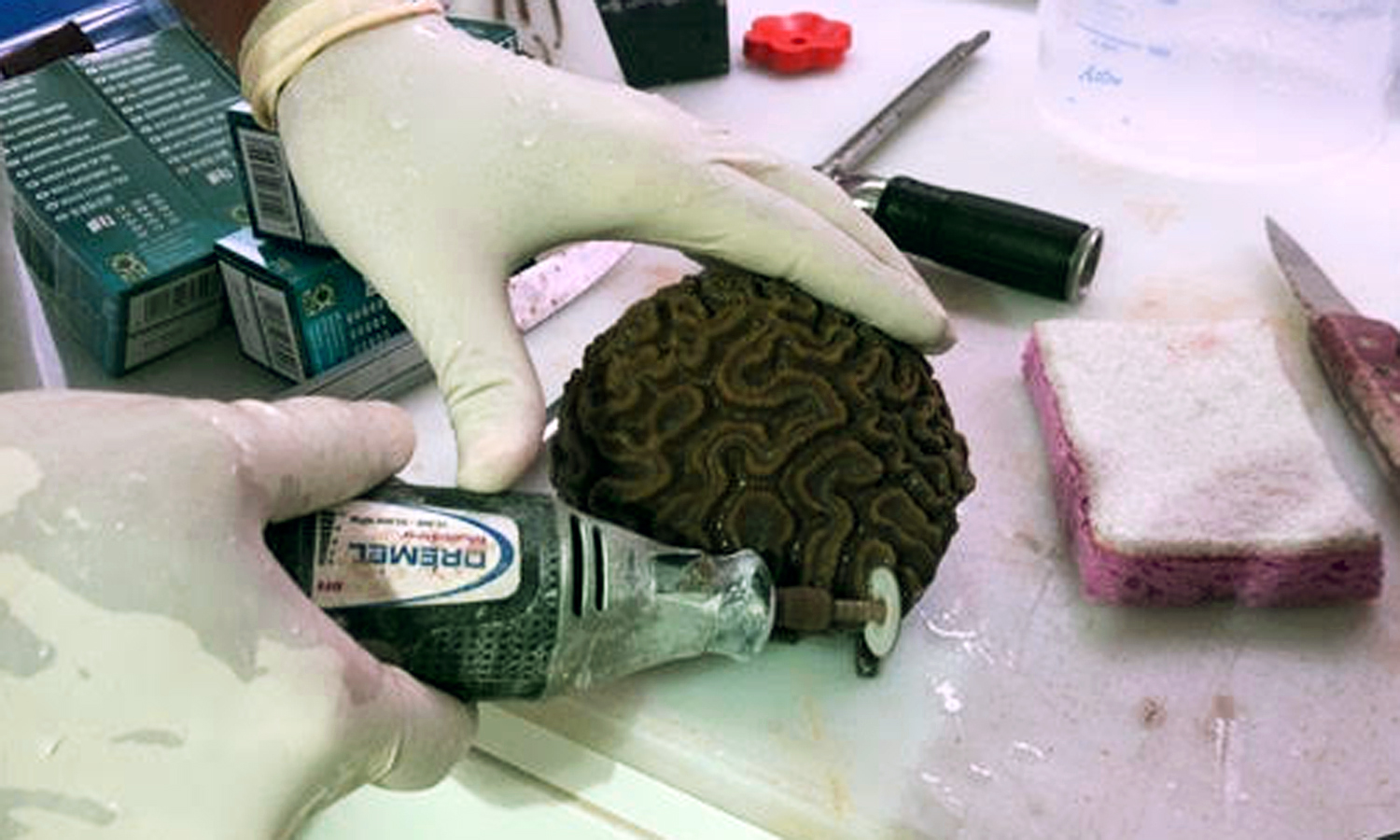My Coral Life
A tiny fragment of living coral is taken from the parent colony and glued onto a Coral Lok frag plug. The plug has a threaded stem that screws onto a reef like a bolt. The coral grows in the lab or submerged nursery until it is ready to be out-planted permanently on the reef. Coral Lok receivers intended to receive the Coral Lok plugs are fastened to the natural or artificial reef. Out-planting is easy. The Coral Lok plugs with attached coral are simply screwed into each receiver by hand.
The Coral Lok is an innovative device created to increase coral out-planting efficiency. Frag plugs with a threaded base simply twist into receivers creating a secure connection to habitat modules.
The Coral Lok System is a simple idea with far reaching benefits in coral restoration and coral propagation efficiency. The idea is to protect corals from handling trauma, make coral growing easier and more efficient while speeding up the out-planting process so hundreds of corals, rather than dozens, can be attached to submerged substrate at a time.
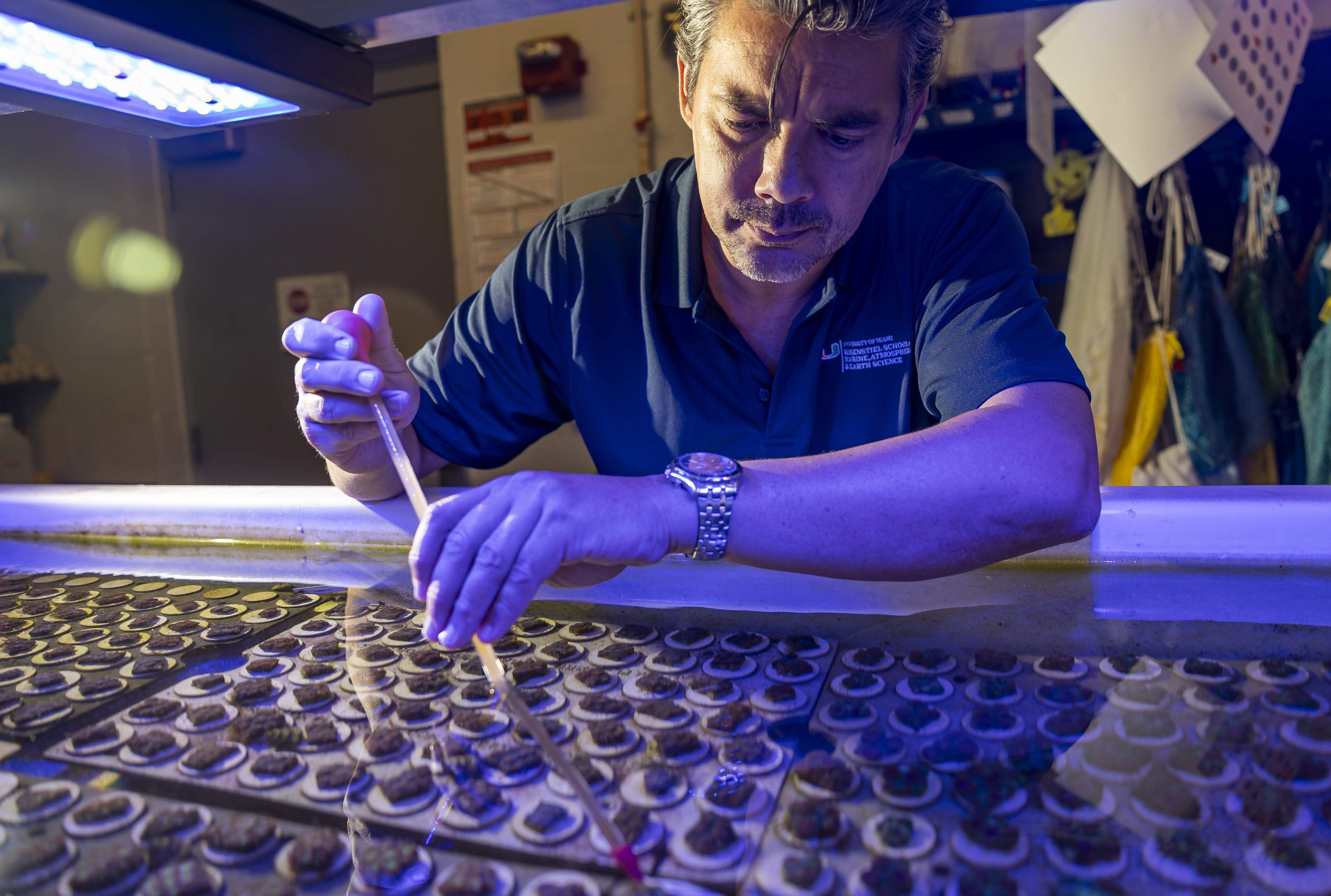
Andrew Baker feeds corals inside the Lirman Lab at the Rosenstiel School of Marine, Atmospheric, and Earth Science in Miami.
Photo by Matias J. Ocner mocner@miamiherald.com
The coral fragmentation process developed by Dr. David Vaughn creates thousands of corals ready to be attached to reef structure. Traditionally, cement paste or epoxy was used to make the attachment. This process was tedious and involved scraping away any biofilm at the attachment site then holding the coral plug in place against the current until it remained fixed and sometimes coming loose. Coral Lok solved this problem. Corals grown on Coral Lok plugs are easily mechanically attached by simple screwing the plug into a receiver which is already attached to the submerged substrate. No more rough handling of corals. No more toxic adhesive material tainting the delicate coral organism. And corals can be attached in about 10 seconds rather than 10 to 20 minutes each.
Tens of thousands of Coral Lok fragmentation plugs have been provided to scientists, institutions and universities engaged in dividing and growing coral organisms for research and out-planting.
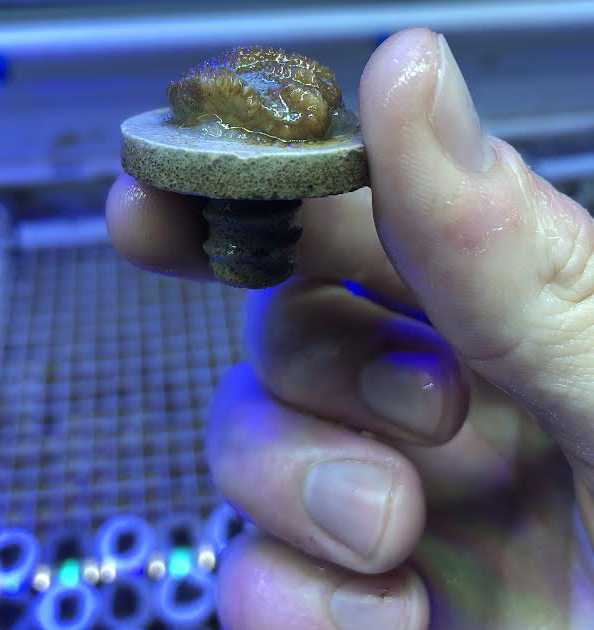
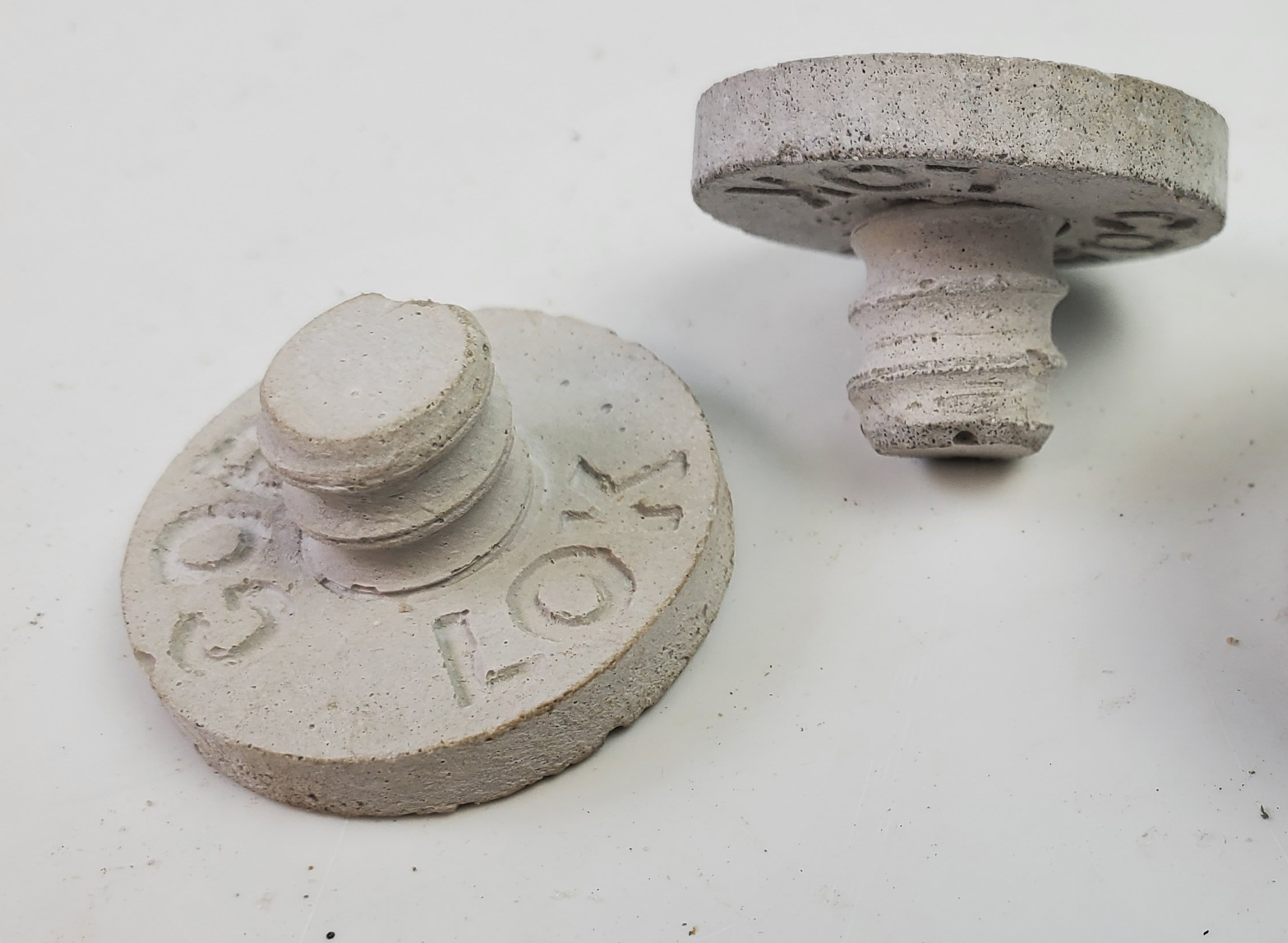
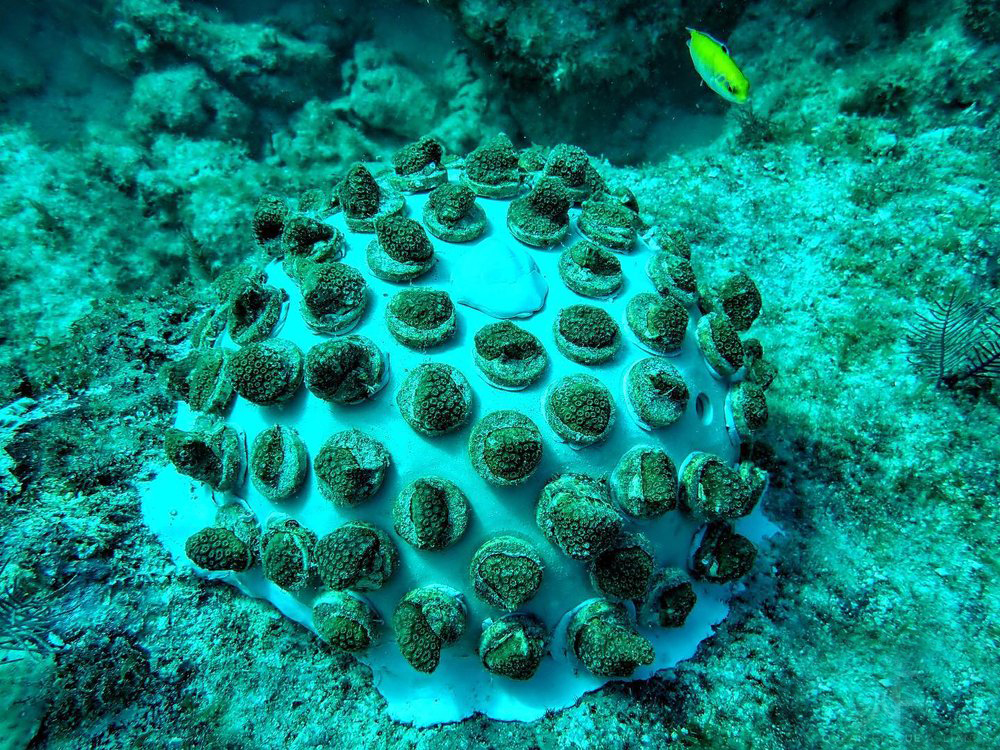
The Coral Lok System is comprised of threaded plugs from 1 inch to 4 inches in diameter, receivers available in a variety of configurations and styles, specialty plugs for soft corals and sponges and grow/transport trays for the lab, offshore nurseries and delivery to the attachment site. Reef Cells also offers Coral Guards to temporarily protect newly out-planted corals from predators. Once the corals are established, the Coral Guard umbrella is removed for reuse again elsewhere.

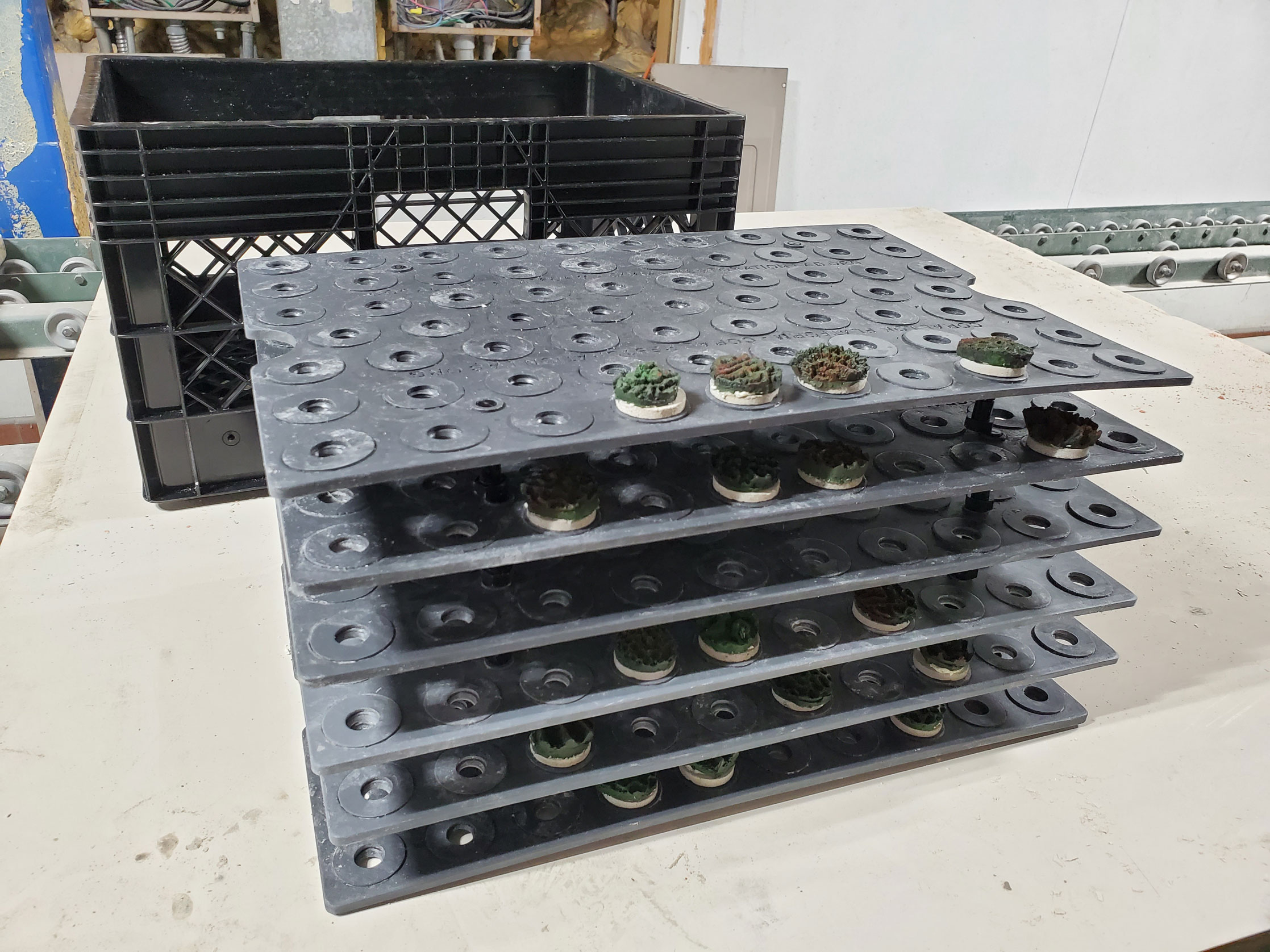
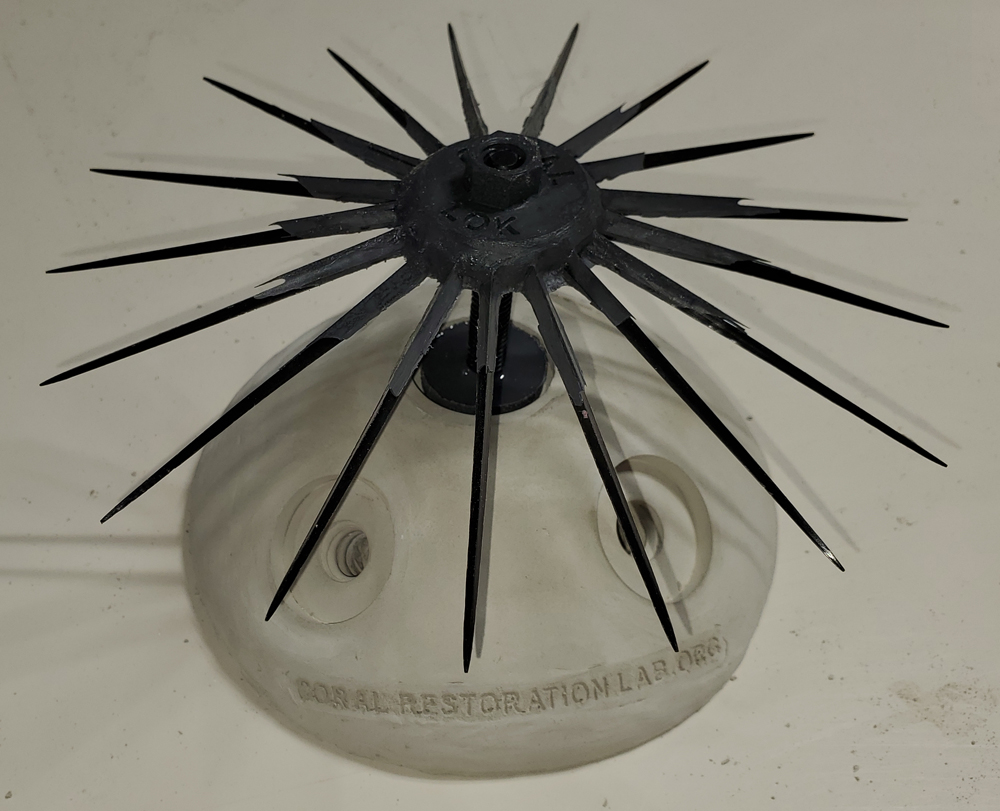
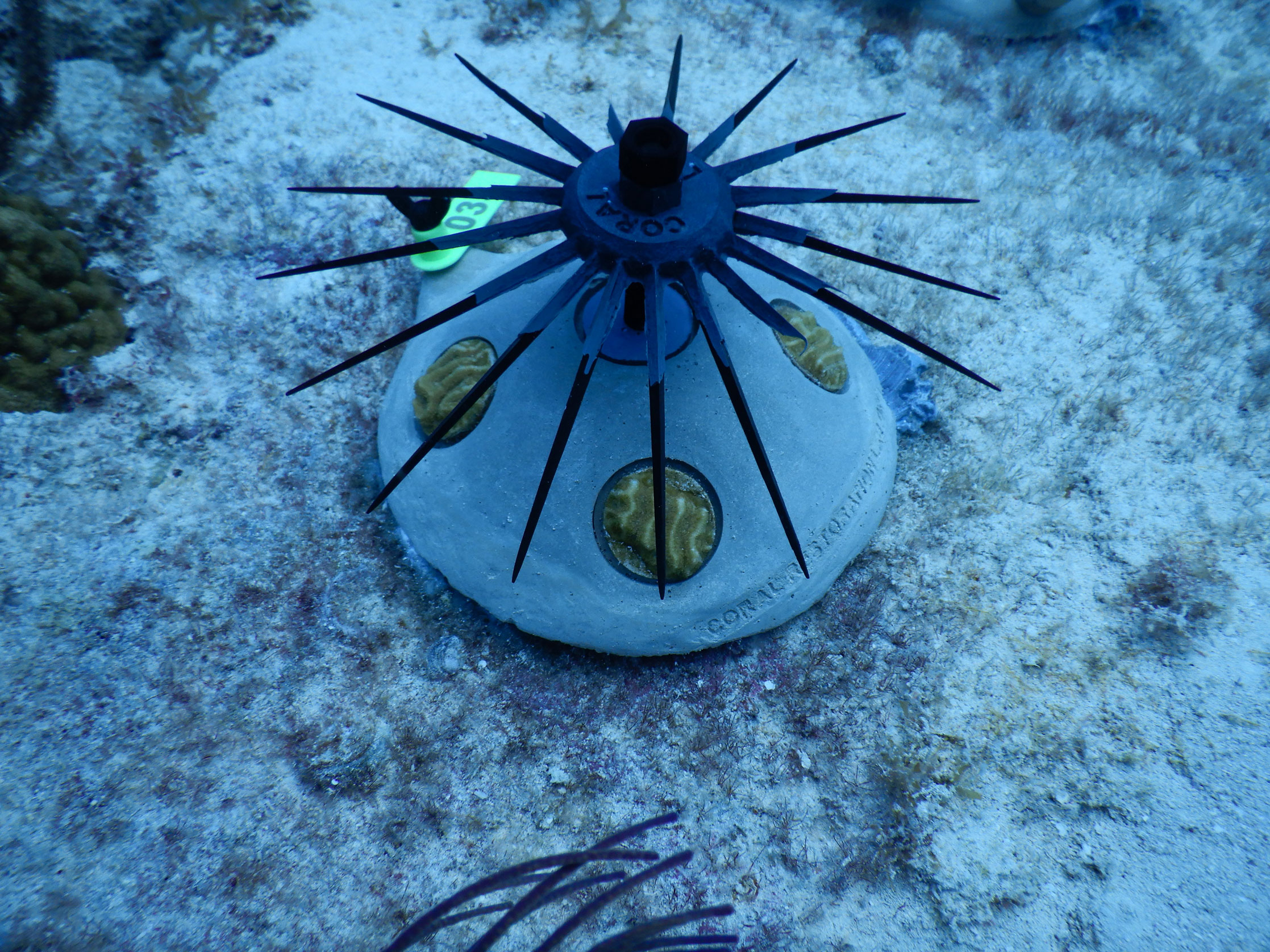
Reef Cells’ artificial reef modules are typically built with 100 to 500 Coral Lok receivers each. Once deployed, these reef modules are ready to be populated with corals mounted to Coral Lok plugs creating an overnight coral reef.
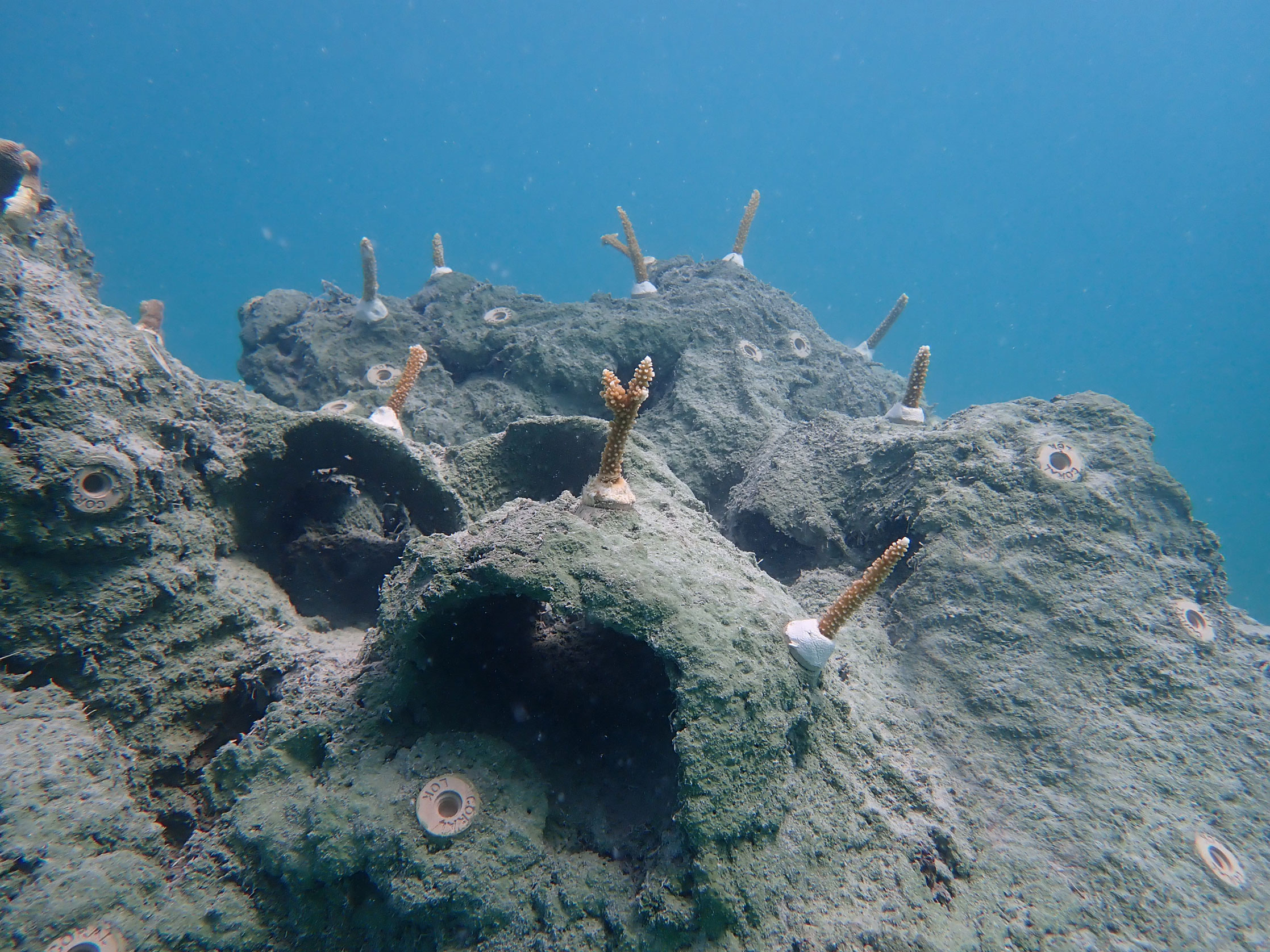
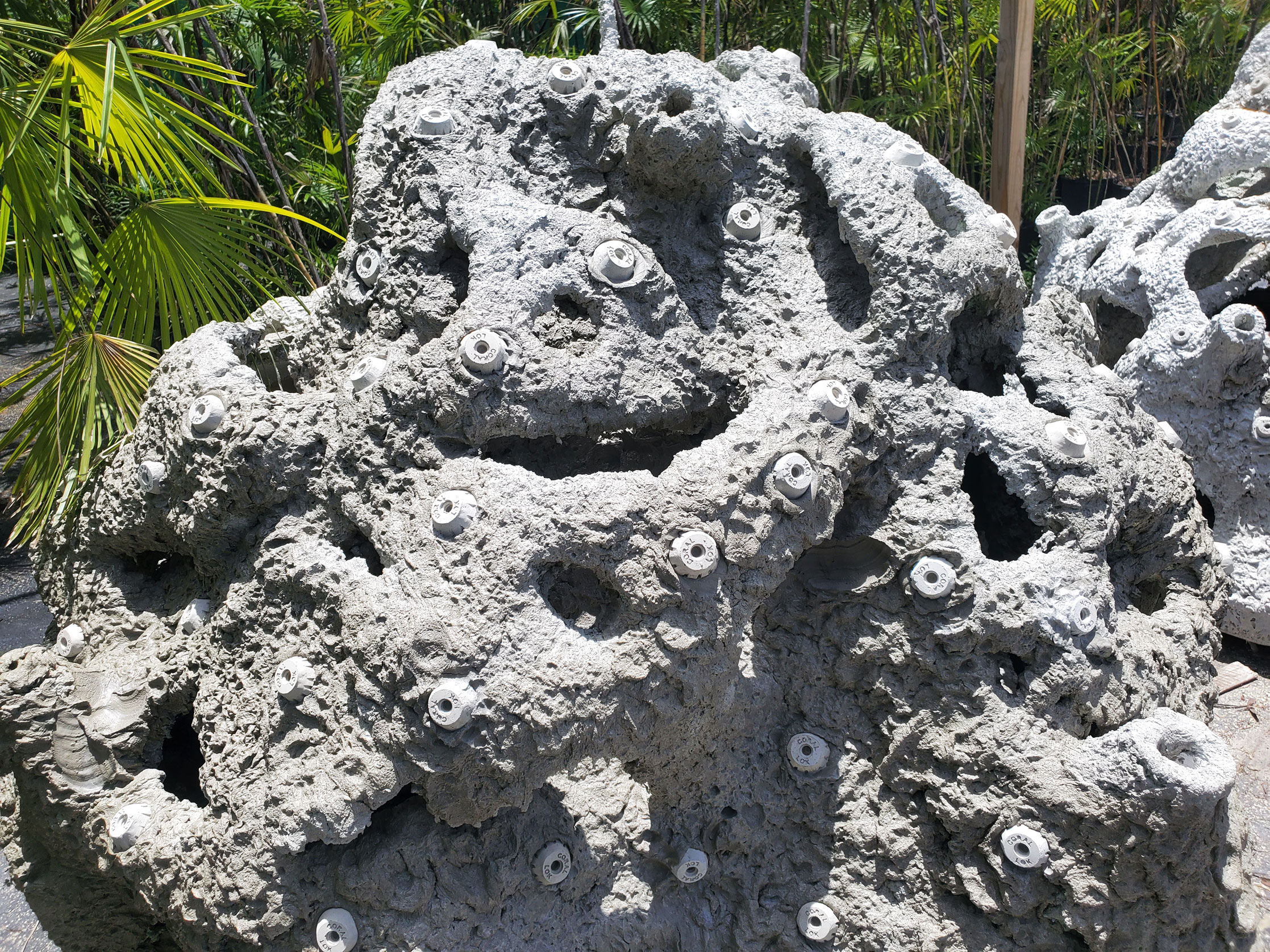
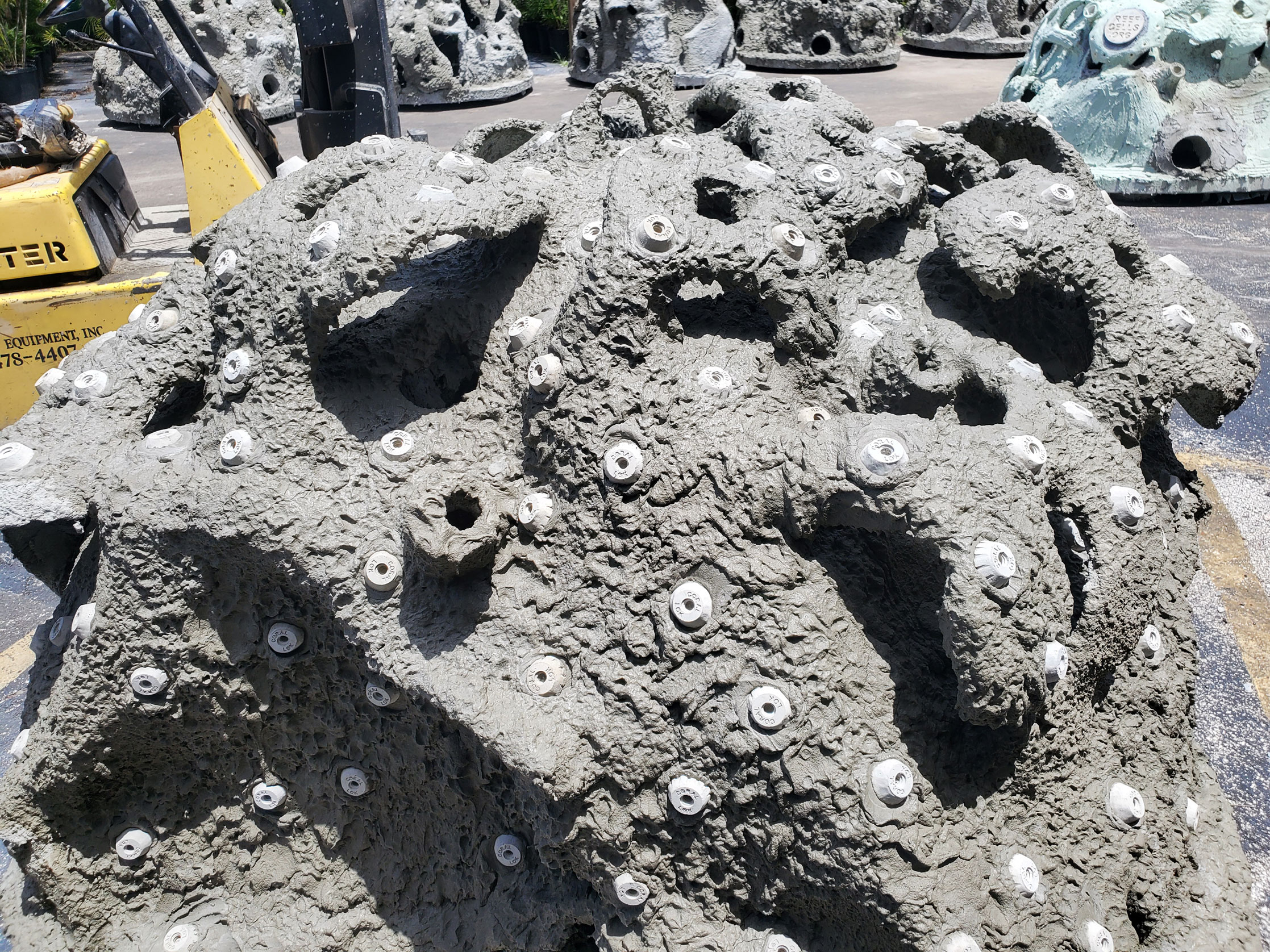
Custom Coral Lok receiver bases have been fabricated for NOAA, University of Miami, DARPA, Secore International, Ocean Rescue Alliance, FWC, CCA and others.

Brain corals at the University of Miami's experimental hatchery, part of the Rosenstiel School of Marine, Atmospheric,
and Earth Science in Miami. Photo by Matias J. Ocner mocner@miamiherald.com

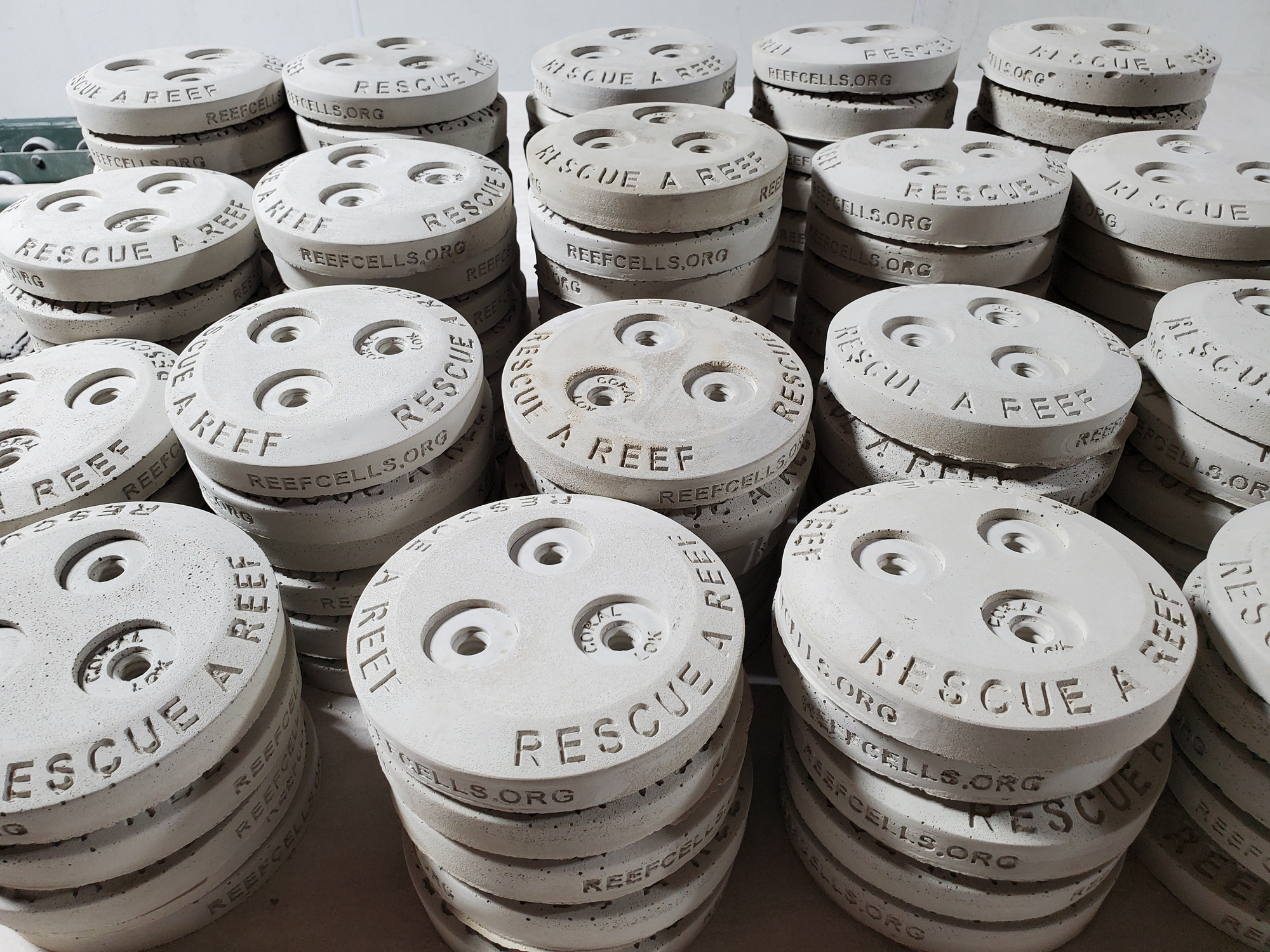

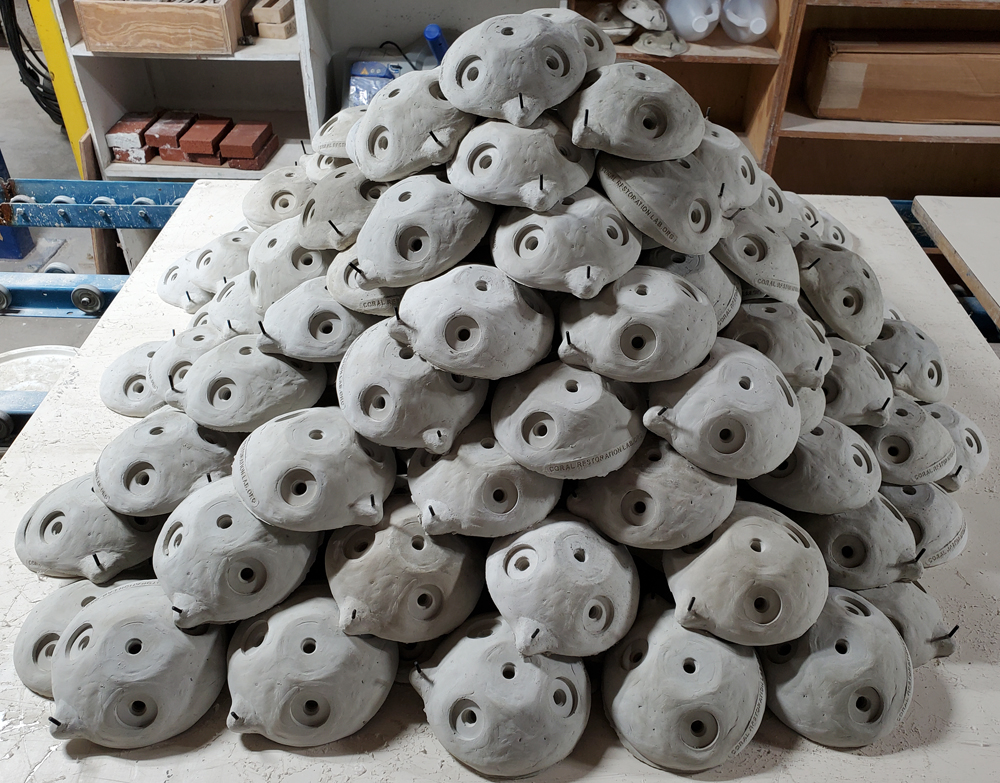
Coral Lok devices are all made from coral friendly materials. They are composed of calcium carbonate, silica, limestone and cement composite binder. Coral Lok plugs are tumbled, triple washed and thoroughly clean before they are shipped out. Coral Lok devices will not corrode, oxidize or break down in the marine environment and will not harm corals or other marine organisms on the reef.
Coral Lok devices are fabricated in the USA by Reef Cells. Reef Cells is the exclusive distributor of Coral Lok devices. All Coral Lok System devices are owned by Reef Cells are protected by Intellectual Property Right Laws of the USPTO.

